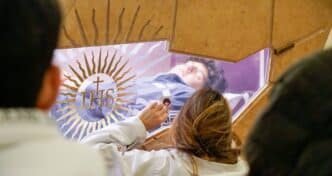This article first appeared in Our Sunday Visitor magazine. Subscribe to receive the monthly magazine here.
Nestled within the blue waters of the St. Lawrence River is the quaint Île d’Orléans of Québec, Canada. A single road rounds this pastoral island, where visitors seem to step back into the ways of the old world. One can find old stone houses across the island, amidst roaming livestock, hay bales and vineyards. In the summertime, clothes blow on lines, kittens loll in the shade and wildflowers grow along dirt roads. As the seasons change, the final harvests of apples and squash come with bright, changing leaves until the island grows slow and quiet with the winter.
Traditional arts are cultivated while the crops sleep, as local inhabitants work away on braided rugs, quilts and knitted garments to sell and share until the sun begins to warm the trees and the sugaring season begins. The warm, sweet smell of maple syrup marks the first harvest of the year, and from there, the spring slowly begins the annual cycle once more.
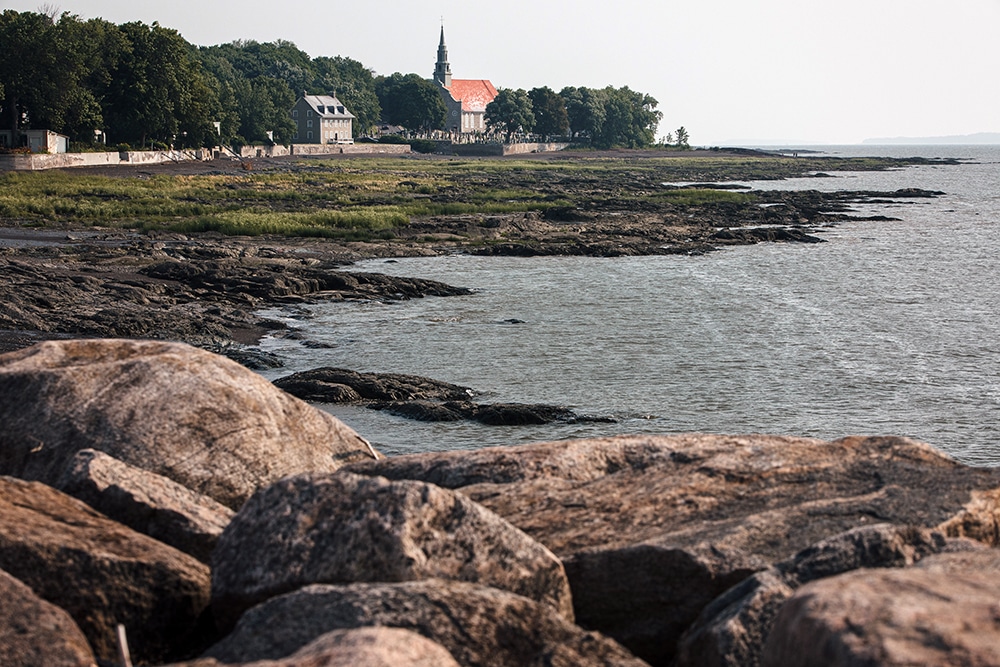
It is fitting that my first trip to the Île d’Orléans was around the time of Canadian Thanksgiving, a holiday defined by Canada’s former Governor General, Vincent Massey, as “a day of general thanksgiving to Almighty God for the bountiful harvest with which Canada has been blessed.” This is, I believe, the most beautiful time of the year to be north. The air is crisp, the sun is bright, and every tree magnificently changes to red, auburn and gold.
Just across the water from the Île d’Orléans is the second-largest church in Canada, the Basilica of Sainte Anne de Beaupré. The autumnal landscape along the St. Lawrence River reminds one of the Blessed Sacrament Chapel at Sainte Anne de Beaupré, where the red and golden detailing focuses on the Eucharist and the abundant harvest, recalling the sacrifice of the lamb in the Old Testament.
To kneel before the Blessed Sacrament in the chapel at Sainte Anne de Beaupré is to be confronted with God’s promises of abundance, both those already fulfilled and those to come. At Sainte Anne de Beaupré, one cannot help but feel an overwhelming sense of gratitude for the beauty and goodness represented in the architectural design and what has been left behind at the basilica for generations.
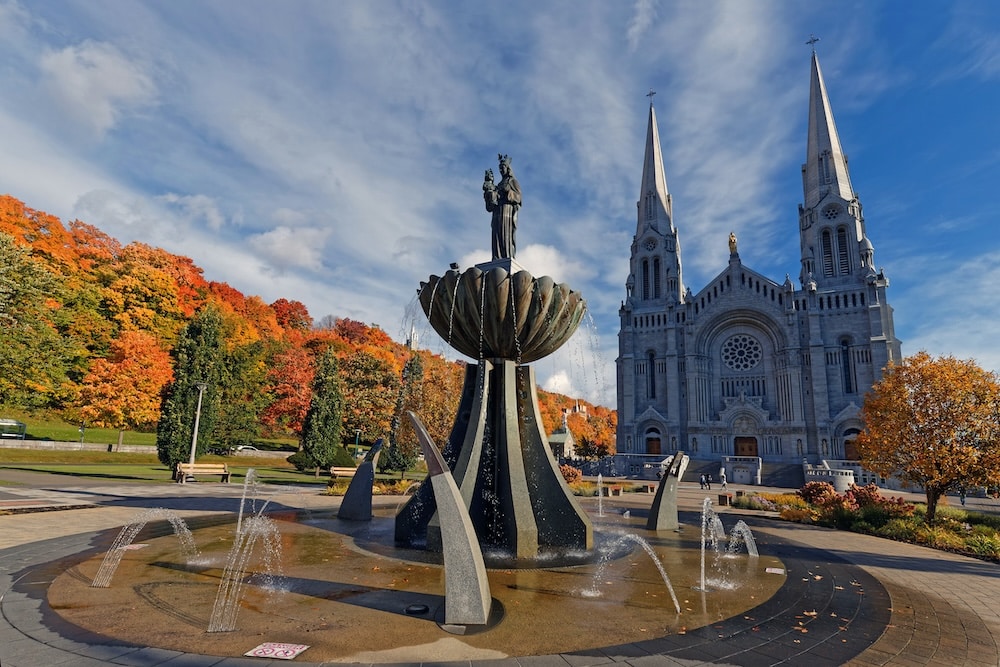
In praise of fruitfulness
Driving across Québec, I wondered what it must have been like to encounter the Canadian Shield, the geological region comprising much of eastern Canada including the St. Lawrence River valley, for the first time. Like any place, tradition or culture, it can be easy to take for granted what is most familiar to us. The seasonal turns of autumn — the land’s final hurrah before the long winter sets in — have always been a given in my life each Thanksgiving. But that autumn, driving along the St. Lawrence River on my way to Sainte Anne de Beaupré for the first time, I was struck by how the land seemed to bleed and blaze all at once in a fiery, praising passion.
The first French settlers arrived in the 1600s through the St. Lawrence River after being caught in a long and difficult storm. The sailors prayed to St. Anne during the chaos, to protect them on their passage. The storm shortly cleared and the ship reached land at Beaupré, near the site of the current basilica of Sainte Anne de Beaupré. The site was dedicated to St. Anne in 1658. Later, a chapel was built for French Catholic settlers and eventually, in 1926, the project expanded into the basilica that stands there today.
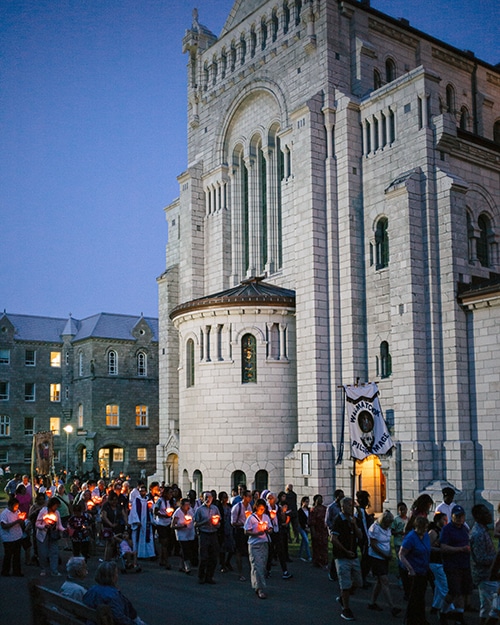
Since then, the basilica has become a well-known site of healing miracles, attracting over a million visitors and pilgrims from around the world every year. The first miracle happened to a man named Louis Guimont. Despite suffering from rheumatism, Guimont was employed in building the shrine. After laying three foundation stones, Guimont was miraculously cured of his ailments. Since then, many have made pilgrimages to the site, leaving canes, walkers and respiratory masks behind. Alongside the ornate details of flowers and butterflies, crutches from decades of miraculous healings have been nailed into the basilica’s walls.
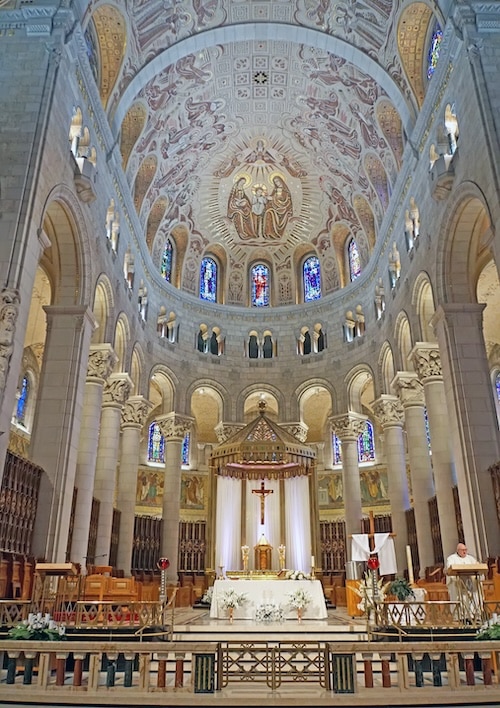
In addition to being a place of healing, Sainte Anne de Beaupré is riddled with architectural and artistic details that are uniquely Canadian. The basilica and its surrounding architectural, artistic and devotional features rise directly out of their landscape, like a maple tree which flourishes in its home soil. It is also distinctly feminine. Dedicated to the mother of the Virgin Mary, the grounds are composed of layers of maternal, lifegiving and generative symbols.
The Fountain of St. Anne, for example, stands at the entrance of the basilica and is adorned with a statue of St. Anne and her infant daughter Mary. The Canadian sculptor, Émile Brunet adorned the saint with a crown of maple leaves, revering the two blessed women in a way distinct to the people and place of the statue.
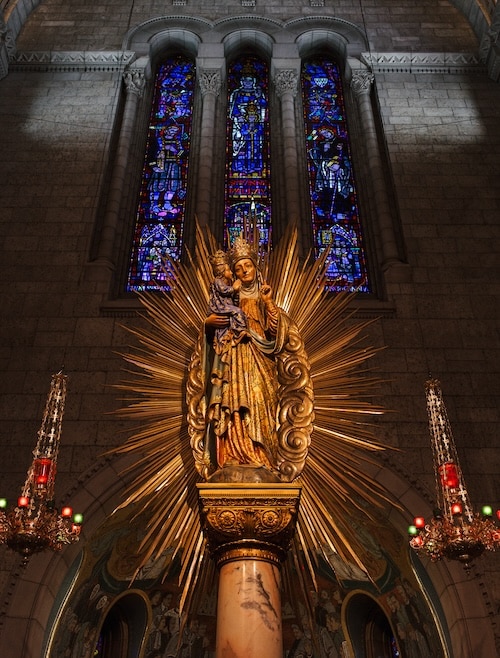
The basilica is full of local details, including many paintings and sculptures of Canadian saints and martyrs, such as St. Marguerite Bourgeoys, St. Kateri Tekakwitha, Blessed François de Laval, St. Jean de Brébeuf and St. Marguerite d’Youville. Even the pew ends are each carved with a different animal according to their geographical proximity to Beaupré. Local species like beavers and bears are carved into the pews near the front and center, and the animals grow increasingly more exotic as they move down the aisle away from the altar, with species like giraffes and elephants near the back.
In keeping with the generative, maternal nature of the basilica, themes of labor and regeneration permeate every aspect of its architecture. Images of infants and newborns adorn the various chapels, sometimes cradled by mother figures and at others seemingly springing forth from baptismal waters. Even the statue of St. Anne and Mary is placed upon a fountain, symbolizing both literal birth and rebirth through baptism.
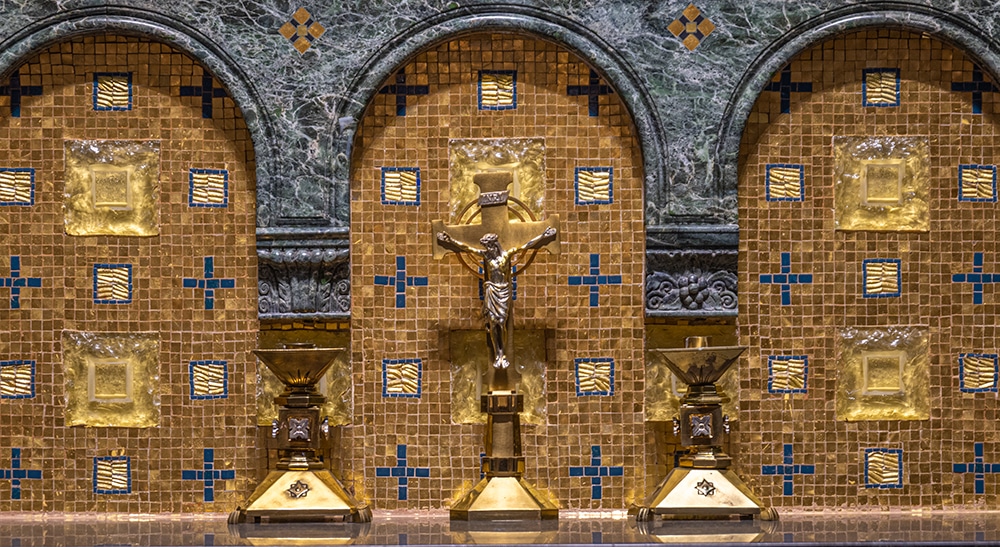
Throughout the building, other various human labors are depicted through art, craft, medicine and the sciences. The paintings in the Immaculate Conception Chapel often detail encounters between French religious settlers, especially the Ursuline nuns of New France, and Indigenous peoples along the St. Lawrence River. These images depict knowledge-sharing and bringing together cultures and ways of being, especially among women and children. Here, we see the many labors required for cultivating land, caring for generations of people and maintaining the well-being of a community. The fruits of these labors can still be seen today. Sainte Anne de Beaupré continues to be a meeting place for Canadian natives and Catholics, as well as others who come in search of the healing, abundance and beauty found there.
An island of tradition
The flowers and animals — particularly the dominance of local species — highlight the basilica’s rootedness in Canadian soil and draw attention to the land’s fertility and abundance. But this abundance is not limited to the architectural and spiritual elements at Sainte Anne de Beaupré. When the French first arrived through the St. Lawrence River, it was quickly discovered that the surrounding land was richly abundant. Just across the St. Lawrence from the basilica is Québec’s Île d’Orleans, where the inhabitants continue to sow the seeds and reap the harvest of their early ancestors. With nearly 95% of the land being used for agricultural endeavors today, the Île d’Orléans contains a wealth of agricultural production, including wines, cheeses, chocolates, fruits and vegetables and maple syrup products.
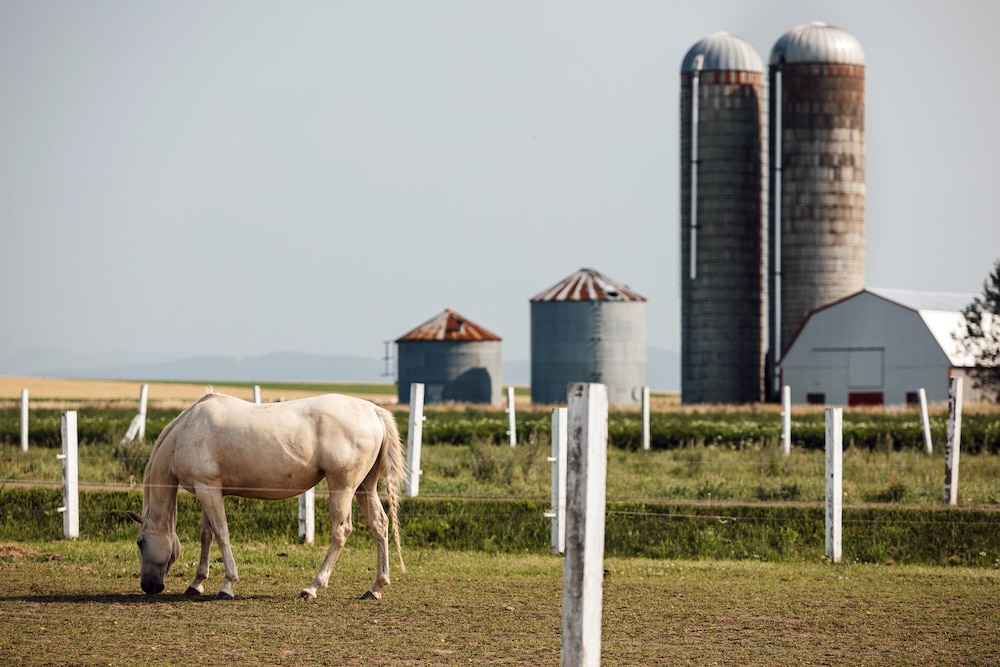
One of the many agricultural productions on the Île d’Orléans is the family-run business, Cassis Monna & Filles. The business was started by Bernard Monna, who was the first liquorist to produce black currant wines and Crème de Cassis in Québec from Île-d’Orléans. Like many vineyards, fromageries and sugar shacks across the island, the acres of black currant bushes bridge the old traditions of France with the new world in Québec. The Monna family traditions of wine and spirit distillation dating back to 1872 now draw hundreds of tourists and produce tens of thousands of bottles each year in this small Québec town.
Each season, at farms and businesses such as Cassis Monna & Filles, more is being harvested than the annual crop of black currants. Québecers like Catherine and Anne Monna, the fifth and next generation of Cassis Monna & Filles, are maintaining family traditions, cultivating their local communities, harvesting fruits, educating visitors, inspiring youths and dreaming of the next generation. When asked what it is like to carry on a decades-old family tradition, Anne Monna spoke on behalf of the sisters:
“It is very important for us to preserve what our father built while adding our own touch and leaving our mark as well. Catherine’s children are already working in the business despite their young age — and who knows, maybe they will take over one day.”
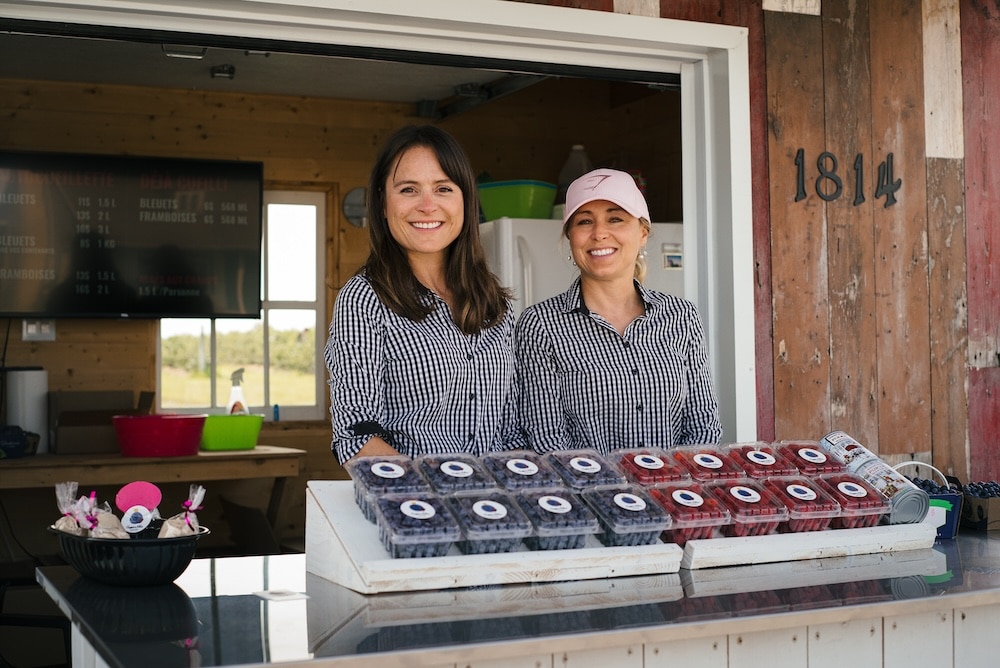
The themes of generation and regeneration in the Basilica of Sainte Anne de Beaupré echo throughout the land, families and farms of the Île d’Orléans. Like the laborers who built the basilica, the farmers, families and pilgrims on the island will enjoy the fruits of some of their labors, but not others. Other fruits will be harvested later by future generations and those who follow in their footsteps. Anne Monna said: “The harvest is the heart of our season. It’s the time when Catherine spends her days walking through the fields, reconnecting with the earth and our environment. It’s a stimulating, yet calming and very satisfying period. Working manually … is also good for the soul. We reconnect with life.”
We cannot always know what will come of the seeds we plant at any given time. When I think of our role as pilgrims, not just to a specific holy site like Sainte Anne de Beaupré, but pilgrims during our lives on earth, I think of the many things we are called to cultivate, build and sow along the way. I am reminded of the parable of the mustard seed and the yeast: “The kingdom of heaven is like a grain of mustard seed which a man took and sowed in his field; it is the smallest of all seeds, but when it has grown it is the greatest of shrubs and becomes a tree, so that the birds of the air come and make nests in its branches.”
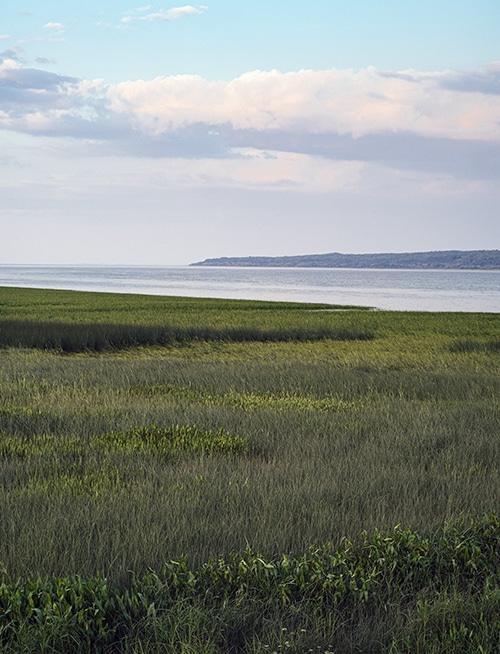
We do not know the day or the hour at which the kingdom of heaven will be at hand. The time to reap what we have sowed will surely come, but we do not and cannot know when. In the meantime, we join those who came before us in their building, planting, sowing and cultivating. We are called, like St. Anne, to bring children into this world; like the Monna family, to plant crops that others may harvest; and like Louis Guimont, to lay the foundations for churches that others will worship in. We sow the seeds and cultivate the land, our relationships, our vocations and our faith, so there will be plenty for others to harvest later on. We are called to be responsible stewards of what is handed down to us, and to pass it along to the next generation when our time is finished.





